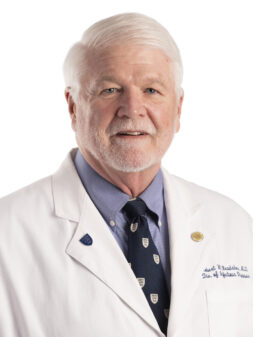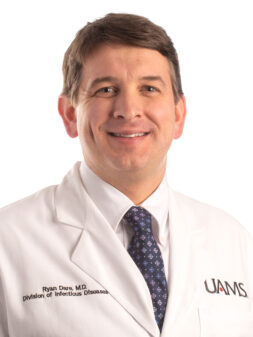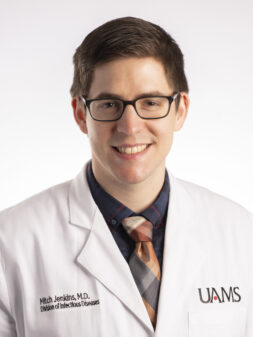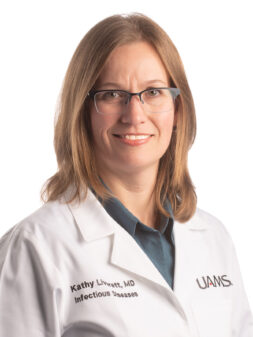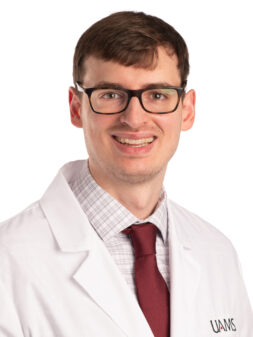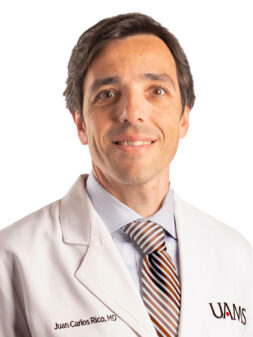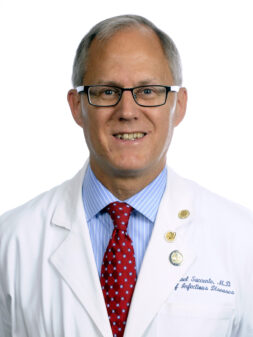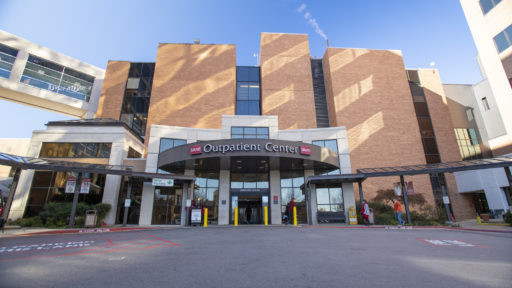Also called: Acquired Immunodeficiency Syndrome
What is HIV?
HIV stands for human immunodeficiency virus. HIV harms your immune system by destroying a type of white blood cell that helps your body fight infection. This puts you at risk for other infections and diseases.
What is AIDS?
AIDS stands for acquired immunodeficiency syndrome. It is the final stage of infection with HIV. It happens when the body's immune system is badly damaged because of the virus. Not everyone with HIV develops AIDS.
How does HIV spread?
HIV is spread through certain body fluids from a person who has HIV. This can happen:
- By having unprotected vaginal or anal sex with a person who has HIV. "Unprotected" means not using condoms or medicine to treat or prevent HIV. This is the most common way that it spreads.
- By sharing drug needles.
- Through contact with the blood of a person with HIV.
- From mother to baby during pregnancy, childbirth, or breastfeeding.
Who is at risk for HIV infection?
Anyone can get HIV, but certain groups have a higher risk of getting it:
- People who have another sexually transmitted infection (STI). Having an STI can increase your risk of getting or spreading HIV.
- People who inject drugs with shared needles.
- Gay and bisexual men.
- Black/African Americans and Hispanic/Latino Americans. They make up a higher proportion of new HIV diagnoses and people with HIV, compared to other races and ethnicities.
- People who engage in risky sexual behaviors, such as not using condoms or medicine to prevent or treat HIV.
Factors such as stigma, discrimination, income, education, and geographic region can also affect people's risk for HIV.
What are the symptoms of HIV?
The first signs of HIV infection may be flu-like symptoms:
- Fever
- Chills
- Rash
- Night sweats (heavy sweating during sleep)
- Muscle aches
- Sore throat
- Fatigue
- Swollen lymph nodes
- Mouth ulcers
These symptoms may come and go within two to four weeks. This stage is called acute HIV infection.
If the infection is not treated, it becomes chronic HIV infection. Often, there are no symptoms during this stage. If it is not treated, eventually the virus will weaken your body's immune system. Then the infection will progress to AIDS. This is the late stage of HIV infection. Because your immune system is badly damaged, your body cannot fight off other infections, called opportunistic infections (OIs). OIs are infections that happen more frequently or are more severe in people who have weakened immune systems.
Some people may not feel sick during the earlier stages of HIV infection. So the only way to know for sure whether you have HIV is to get tested.
How do I know if I have HIV?
A blood test can tell if you have HIV infection. Your health care provider can do the test, or you can use a home testing kit. You can also use the CDC Testing Locator to find free testing sites.
What are the treatments for HIV?
There is no cure for HIV infection, but it can be treated with medicines. This is called antiretroviral therapy (ART). ART can make HIV infection a manageable chronic condition. It also reduces the risk of spreading the virus to others.
Most people with HIV live long and healthy lives if they get ART as soon as possible and stay on it. It's also important to take care of yourself. Making sure that you have the support you need, living a healthy lifestyle, and getting regular medical care can help you enjoy a better quality of life.
Can HIV infection be prevented?
You can reduce the risk of getting or spreading HIV by:
- Getting tested for HIV.
- Choosing less risky sexual behaviors. This includes limiting the number of sexual partners you have and using latex condoms every time you have sex. If your or your partner is allergic to latex, you can use polyurethane condoms.
- Getting tested and treated for sexually transmitted infections (STIs).
- Not injecting drugs.
- Talking to your health care provider about medicines to prevent HIV:
- PrEP (pre-exposure prophylaxis) is for people who don't already have HIV but are at very high risk of getting it. PrEP is daily medicine that can reduce this risk.
- PEP (post-exposure prophylaxis) is for people who have possibly been exposed to HIV. It is only for emergency situations. PEP must be started within 72 hours after a possible exposure to HIV.
NIH: National Institutes of Health
Courtesy of MedlinePlus from the National Library of Medicine.
Syndicated Content Details:
Source URL: https://medlineplus.gov/hiv.html?utm_source=mplusconnect&utm_medium=service
Source Agency: National Library of Medicine

